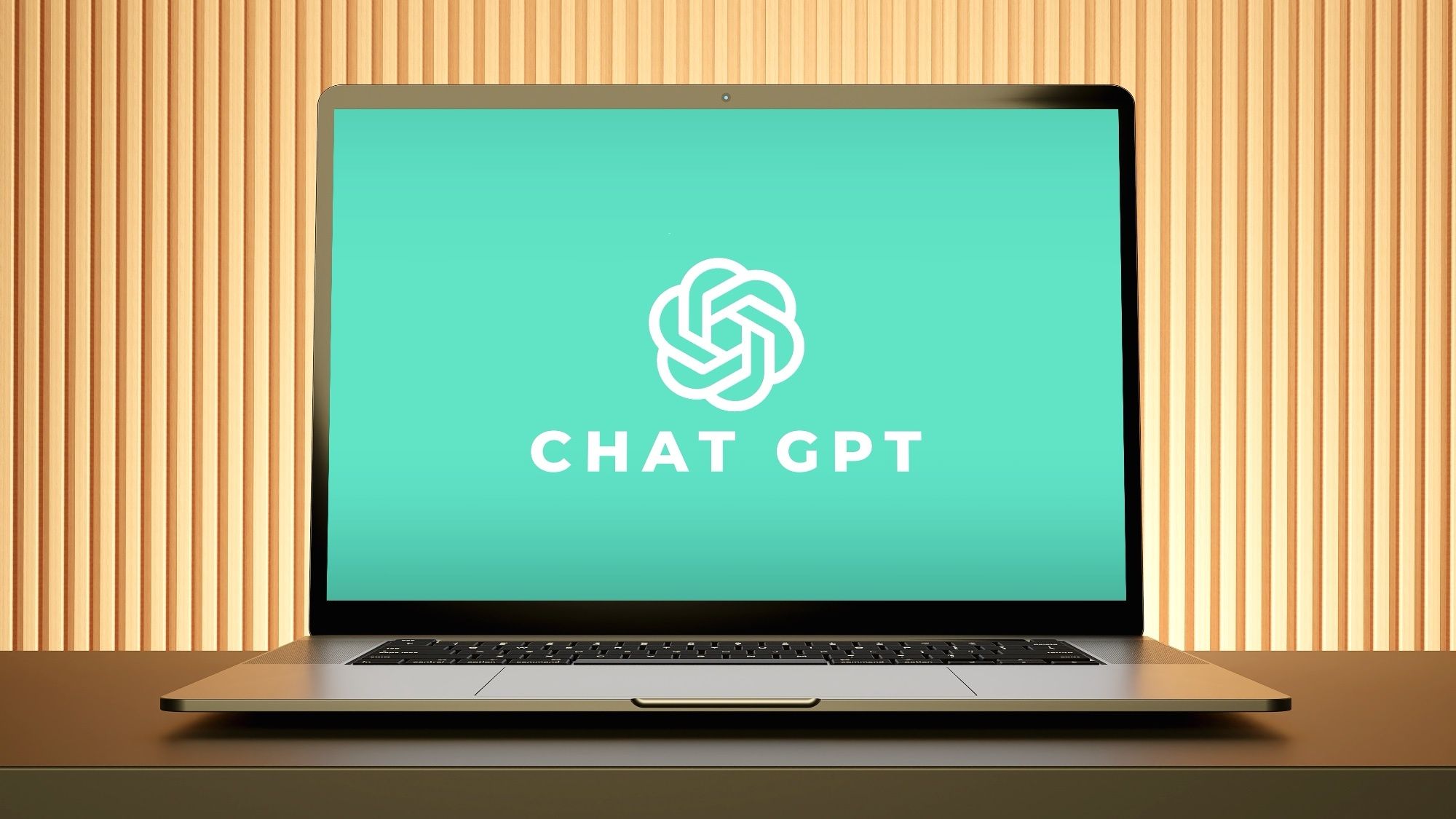These days it seems like if you blink, you’ll miss the launch of a new app for vibe coding, updated image generator capabilities or better features for any other current AI tool. Big tech is moving at increasing speeds to bring users the lastest features as competition among rivals heats up.
As much as I enjoy using the new features like Claude Haiku 4.5 and look forward to Gemini 3, there are some AI tools that I still use regularly for visual workflows and creative brainstorming, like ChatGPT Canvas. What some users don’t realize is that when new features launch, older features get updated, too. So it’s worth going back to some early favorites for new things like vibe coding.
Although ChatGPT Canvas launched over a year ago, thanks to ChatGPT-5 and updated memory, the tool is more personal than ever. For example, if you’ve ever told ChatGPT to “shorten this paragraph” or “update based on our last conversation,” you’ve probably felt the frustration of losing the part you actually liked.
That’s exactly what ChatGPT Canvas fixes. More personal than NotebookLM and much faster, Canvas transforms ChatGPT from a chat window into a live editing workspace. Instead of asking for rewrites in endless back-and-forth prompts, you and the AI can edit the same text together, line by line, like co-authors at the same desk.
ChatGPT Canvas is now a necessity for vibe coding
A year ago, most people weren’t talking about vibe coding, but now, it’s everywhere. Last year I was using Canvas for writing, now I use it for vibe coding edits and it’s truly changed how I work. I still use it for writing, but the feature now has even more capabilities that users may not realize.
Canvas opens a split-screen editor beside your chat. Drop in a draft of the block of code for an app or website you’re working on or a blog post and ChatGPT gives you targeted edits inside the text itself.
You can highlight a section and say things like:
“Change the fonts and tone down the colors”
“Add an extra element of risk.”
“Create an explainer in the beginning”
The AI revises only that portion, leaving everything else untouched. It’s perfect for coders just as much as for writers, or anyone tired of copying and pasting chunks between ChatGPT and a document editor.
How to use Canvas
- Open ChatGPT (GPT-4o if you have Plus or GPT-5) and select “Use Canvas.”
- Paste or draft your text.
- Highlight a sentence or section.
- Type your request — shorten, expand, clarify, change tone, etc.
- Review the preview – accept or undo.
Why Canvas is a game changer now for vibe coding
ChatGPT’s biggest flaw has always been over-rewriting. You ask it to edit one thing and it will rewrite everything, which not only takes a lot of time, but often causes it to overwrite and completely change the original structure of the story or code. Canvas fixes that by letting you collaborate instead of surrender control.
Canvas allows users to see your code and ChatGPT’s edits side by side. Rather than copying snippets from chat, you can watch the AI refactor, fix bugs or restructure your logic directly within the editor. It understands file context and can rewrite functions or add missing logic without breaking other sections.
I have found this to be a helpful tool to actually learn how to code better. You can run quick edit loops and ChatGPT applies the changes right on the canvas. For anyone learning to code through vibe coding, the hands-on visual collaboration feels like working in VS Code with an ultra-fast senior dev reviewing your PRs.
Plus, Canvas supports structured projects, so you can keep multiple files open and let ChatGPT maintain cross-file consistency (like updating imports or renaming variables project-wide). That’s a big step up from chat-only prompting, where every new request started from scratch.
You can also highlight a block of code and ask “what does this do?” or “why is this error happening?” and Canvas overlays the explanation in context.
Why it’s worth using now
The tool has matured significantly in the last year, which makes it great for writers looking for a built-in editor. For me, this is where ChatGPT feels the most human because I’m getting visual, context and direction all in one place.
Once in beta, Canvas is far from experimental. It’s so much more polished and the feature has evolved to a place where it could be your default workspace, especially for ChatGPT power users.
Once you try editing side by side instead of through prompts, plain chat will feel outdated.
Pro tips and final thoughts
- Start small. Highlight one paragraph at a time — ChatGPT handles focused edits more precisely than large chunks.
- Be direct. Instead of vague prompts like “make this better,” try “make this friendlier” or “add a stronger hook.”
- Use it for tone checks. Ask Canvas to rewrite for different audiences — professional, persuasive or casual.
- Compare versions. Use the undo / revert button to flip between your version and ChatGPT’s. It’s a great way to learn phrasing tricks.
- Combine it with chat. After big revisions, jump back to the chat side and ask ChatGPT to analyze your new draft — you’ll get meta feedback on flow and clarity.
Canvas is the practical side of ChatGPT. It turns prompting into collaboration, making my writing, coding and brainstorming workflow smoother than ever.
Follow Digitpatrox on Google News and add us as a preferred source to get our up-to-date news, analysis, and reviews in your feeds. Make sure to click the Follow button!
More from Digitpatrox
Back to Laptops
Source link
